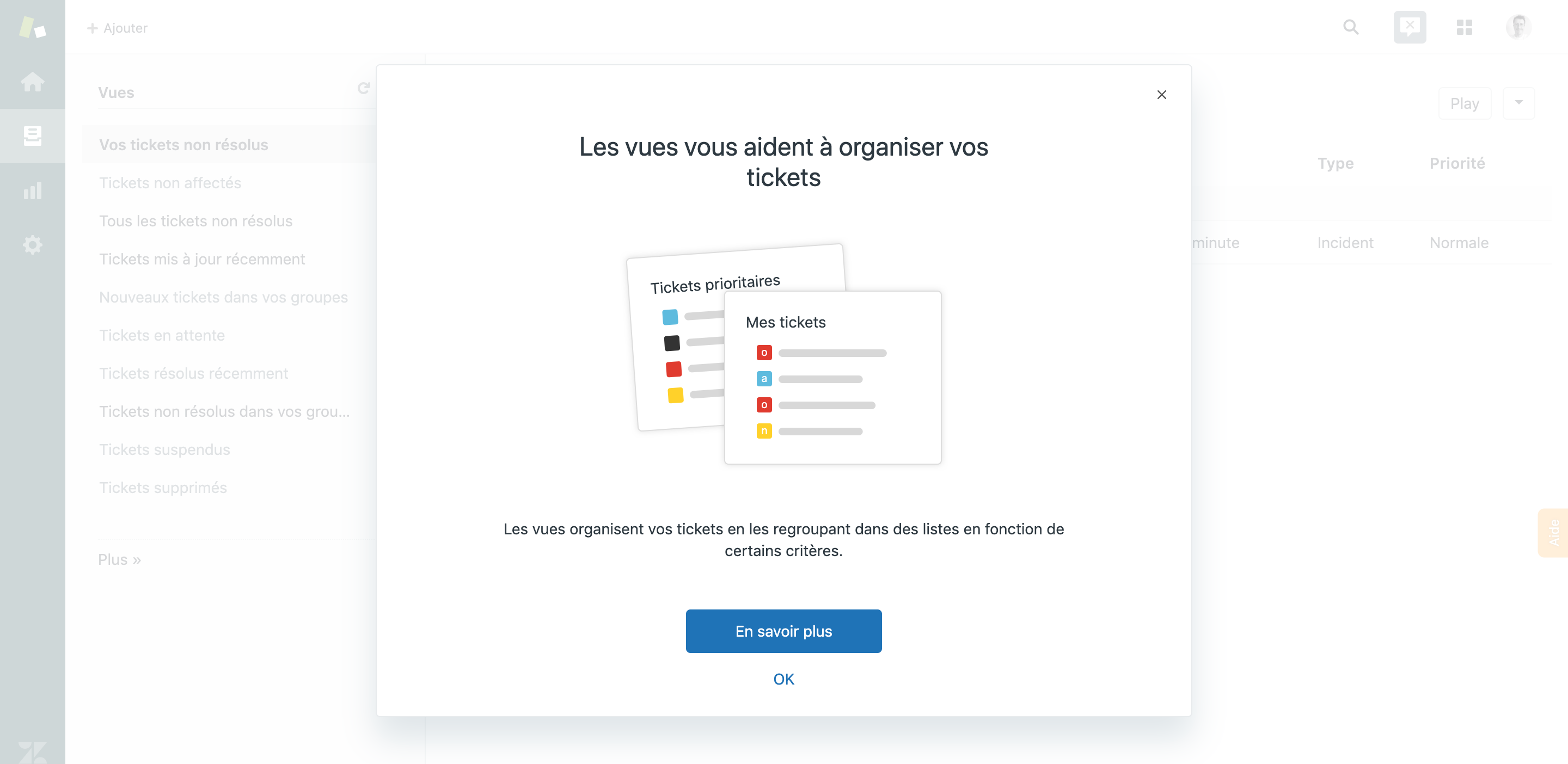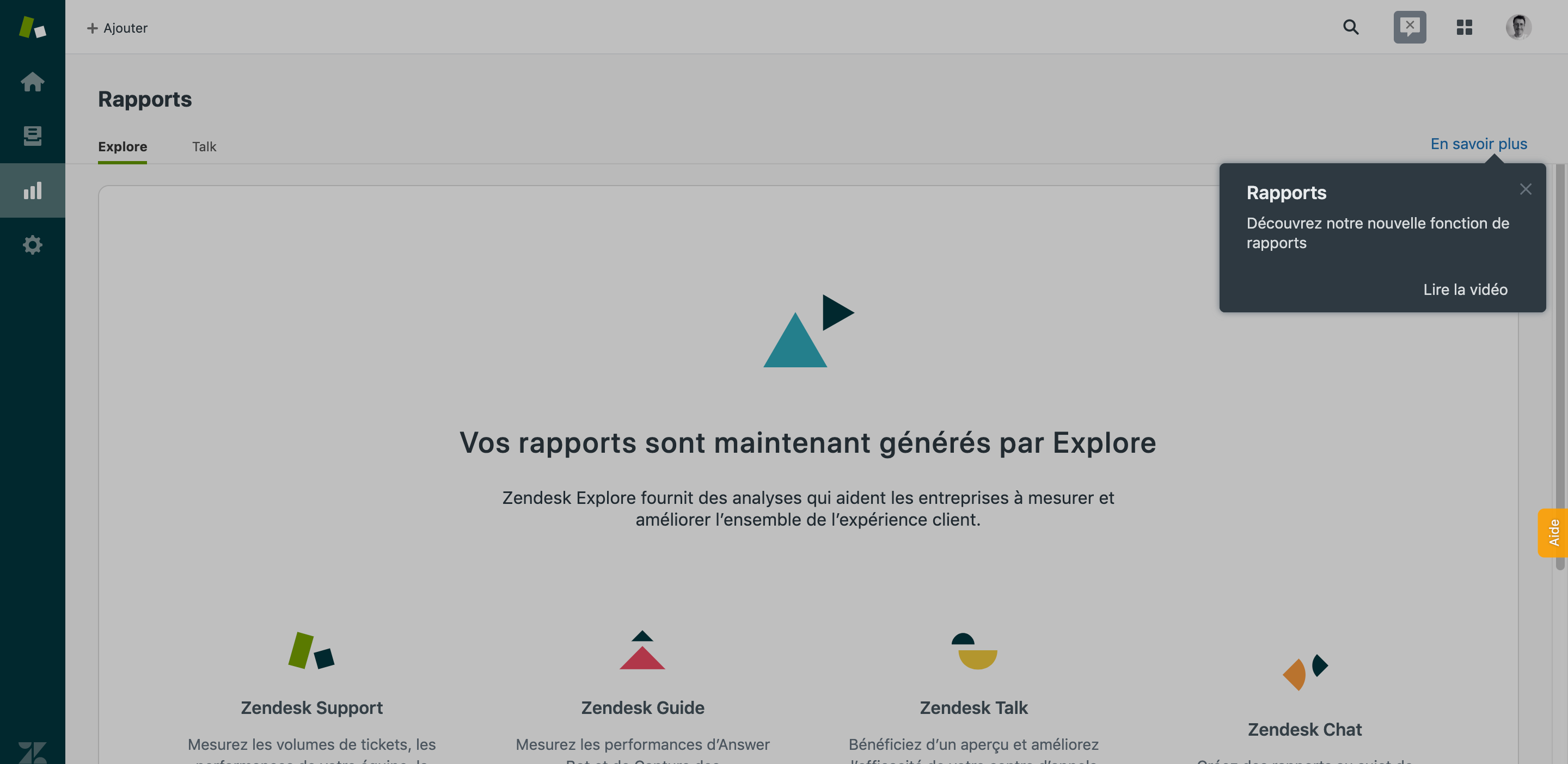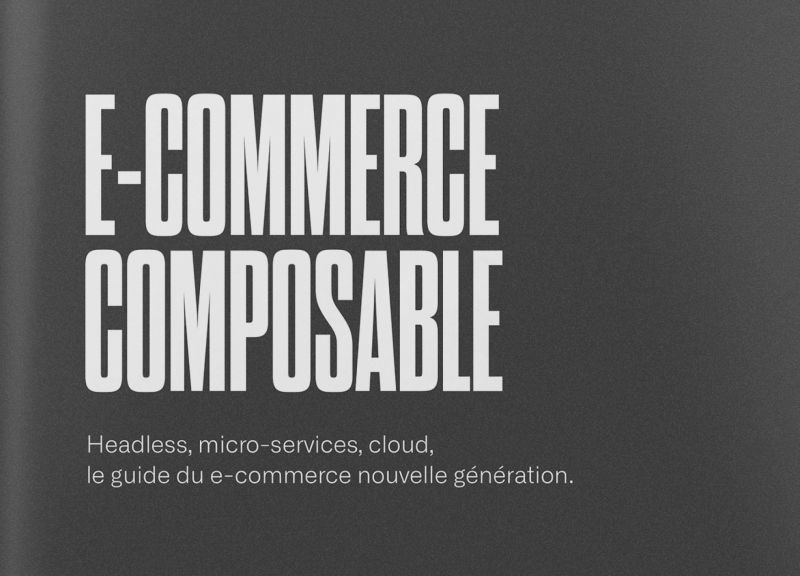« If you build software, every error message is marketing »
Jason Fried - Rework
In some markets for professionals there is a level of technicality or complexity that cannot be simplified. This may be due to the products, the regulations or the very nature of the data to be processed. This is what Larry Tesler, then an engineer at Xerox in the 1980s, defines as the Law of Conservation of Complexity. According to him, it is up to the developer or designer to do everything possible to absorb this residual complexity so as not to transfer it to the user. He knows what he's talking about because he also invented copy and paste.
However, despite all the efforts we can make in terms of organizing content, rationalizing paths and simplifying the interface, it is sometimes necessary to help the user get to grips with the tool.
The interface, however well thought out, is no longer sufficient on its own; the user is faced with a cognitive overload that must be limited. In short, he is a bit lost. Especially since one of the peculiarities of B2B is that the frequency of use of a service is very variable: some are used daily, others only a few times a year. There is therefore time to forget everything between two connections.
This is the advantage of relying on a dialogue process between the interface and the user. This practice is already well established in B2C. All you have to do is install an application on your smartphone and you will be greeted by a few screens that will make it easier to get started (onboarding). For a long time, I have had reservations about this "onboarding assistance", which I often consider superfluous. After all, a well-designed application should be usable as soon as it is opened, which is the role of the interface designer these days.


« Any product that needs a manual to work is broken. »
Elon Musk
B2B made me reconsider my position. I have never been so convinced of the importance of these support screens, which can not only speed up the understanding of the context, but also contribute to the personality (Voice&tone) of the application. For some people, the challenge of getting used to the application goes beyond user comfort. It is no longer a question of recruiting new users, but of keeping them. And this requires a strong sense of ownership of the service :
"Customer loyalty (retention) is in a sense the new conversion. To build loyalty, you need to provide a good handholding experience. The question you need to ask yourself is: what is going to make that ownership successful? I see a lot of companies telling me: "Our acquisition cost is $10 per lead". Would you be willing to spend 2 cents more to increase the chances of converting each of those leads into customers? They say, "That sounds like a lot.
You are throwing money away. The real challenge behind this ownership phase is to get the user to think "This product looks really great", rather than "What the hell is this?!"Daniel Harris - Intercom - Customer Retention is the new conversion (traduction libre)
Summary
Article created on . Edited on .

